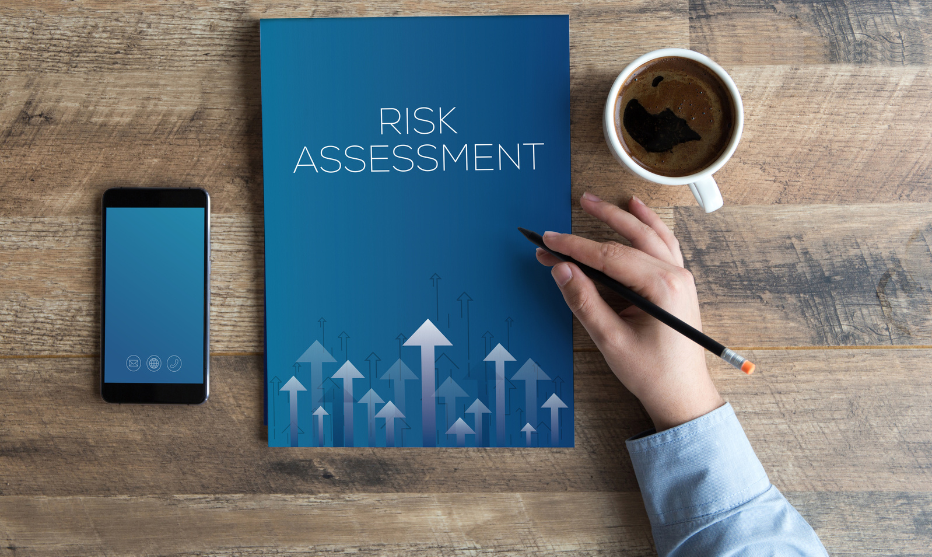
Pharmacovigilance (PV) activities are fundamental to both patient safety and regulatory compliance, therefore when outsourcing some or all PV activities all interacting parties must work in a well-defined structured way so that the client could assure an integrated PV system providing a complete oversight of PV processes and safety data.
The best way to do this is for the interacting parties to create a mutual/joint operating document that could integrate the PV and Quality Systems of two companies, for example, a pharmaceutical company and a PV service provider. At Insuvia, we call this document the Mutual Operating Guide (MOG), but across the industry, it may be referred to in other names also. Other common names of such documents are the Joint Operating Guide or the Pharmacovigilance Manual. For simplicity, we will refer to it as the MOG in this post.
The MOG will describe how the outsourced tasks are related to the other pharmacovigilance related operations. It will reflect the assignments, timelines, resources that will be assigned and any other important information which is crucial for smooth project execution. It will identify the roles and responsibilities assigned to each party, and outline the procedures to be followed, paying particular attention to where the processes of the interacting parties overlap or deviate.
The MOG must be clear and detailed as it overviews and describes underlying project points. MOG reflects in what format parties exchange information, within what timelines and how the client will engage in process oversight. Furthermore, MOG should clearly describe planned governance meetings where any questions, issues, lessons learned and areas that require improvements could be discussed. Quality Management System is a nondivisible part of the mutual/joint operating document. The MOG should indicate how the quality of the project and all outsourced activities will be ensured, including applicable policies, procedures, processes, etc. Furthermore, the MOG should address such questions as the project training plan and how the vendor’s staff will be trained on the client’s process and systems. PV compliance metrics and the key outputs of the PV and quality systems should also be described within the MOG – who and how will collect key performance indicators (KPIs) and how, with whom, and at what time points these will be shared.
The outsourcing of pharmacovigilance activities is becoming more and more frequent. To achieve desired results, clear guidance and instructions, the alignment of involved parties, and mutual understanding are crucial to making the project and collaboration successful. A mutual/joint operating document, such as the Mutual Operating Guide (MOG), could help achieve this and could assure the integration of client-vendor pharmacovigilance systems.
If you have any questions don’t hesitate to contact us.




